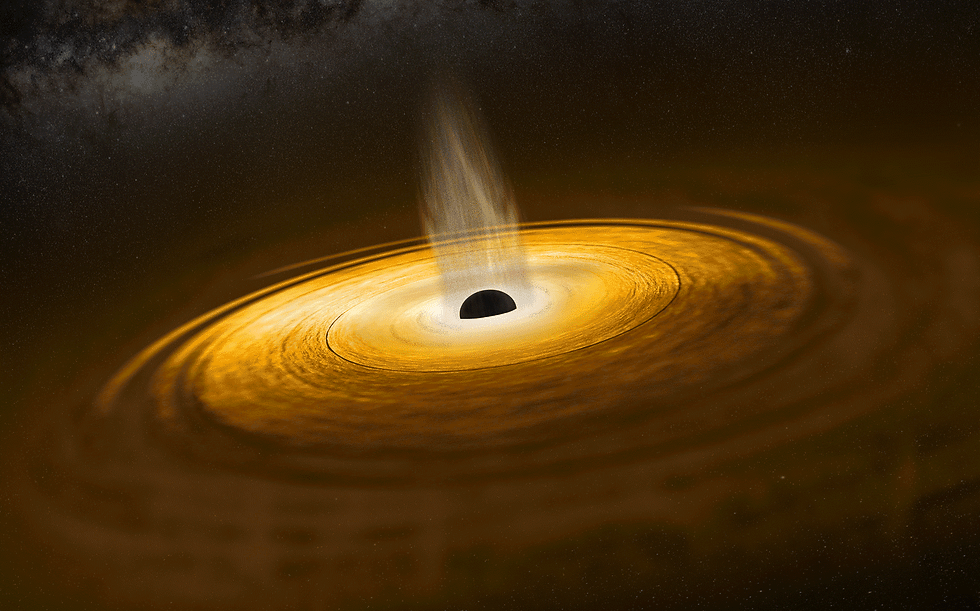Chronicle of a star death foretold (Choose your own Star Part 4)*
- Perdita Moon

- Aug 12, 2022
- 3 min read
Updated: Sep 16, 2022
The end of a massive star's life is truly a blast.
*This series of posts are an homage to the Choose your own adventure book series, which my Earthling alter-ego so much enjoyed in her youth.


Evolution of your massive star. Credit: NASA Goddard Space Flight Center
Ok, among all the available possibilities, you brought home one of the spectacular massive stars. You could not resist: It's brilliant! So hot, so big, so blue! You don't even care that it is a temperamental star, nor that you have been warned that it won't last long. After all, you have also been promised an unforgettable experience.
People will surely envy you: Stars like yours are not very common, less common the more mass they have. The reason is simple: They need to burn their fuel –the hydrogen in their cores– very fast to prevent collapsing due to their high masses. That's why they are a luxury item not at everybody's reach.
A stellar onion
As expected, in just a few million years, your star begins to change: It is getting bigger and redder. According to the star care books you borrowed from the local library, this means that the star has used nearly all the hydrogen in its core, which is now mainly made of helium. The core is shrinking and heating up, because the star is unable to produce enough energy to keep the balance with gravity. But its outer layers are expanding because of the heat, and the surface is so far away from the centre that the star's surface is cooler.
Your star was already big, but now it is enormous: Its size can be several hundred times that of the Sun. If it were on its place, its surface would be beyond the orbit of planet Jupiter!

Comparison of the size of a red supergiant (Betelgeuse) with that of the Solar System. Credit: ALMA (ESO/NAOJ/NRAO)/E. O’Gorman/P. Kervella
From this point on, your red supergiant star is like a beating heart: It stops increasing and stays stable for a while, its size slightly decreasing and its colour turning a bit more yellowish; then it starts increasing and reddening again for a while, only to stabilise once more, and so on. This heartbeat is also accelerating, each step faster than the previous one. You suspect this happens as the core keeps fusing new elements, from helium to carbon and carbon to oxygen and oxygen to silicon. Below the surface, your star must look like an onion, with several layers burning different elements.
In no time –about two million years at most–, your star must have developed a core of iron. And that, you fear, is the end. Because there is no way your star can use this iron to produce energy without any external help.

Toward the end of its life, the interior of your massive star will resemble an onion. Credit: Pablo Carlos Budassi (via Wikimedia Commons)
The final? fireworks
Without a way to counteract gravity, the star's core must be shrinking without remedy. There is no mean to keep the integrity of the iron nuclei anymore... Soon all of them are broken, protons and electrons merging to form neutrons, pressure increasing until it becomes unbearable, and then...
Boooooom!!!

A red supergiant goes supernova. Credit: W. M. Keck Observatory/Adam Makarenko
Your star is ripped up by a violent explosion, and shreds of gas get spread into space. So much energy has been released that you discover, with astonishment, that new, heavier chemical elements have formed: Even uranium!
All that remains is a cloud of gas expanding at high speeds... But wait! Look at the centre! Maybe not everything is lost. How much mass did you say that your star had?




Comments